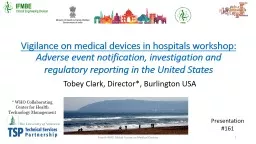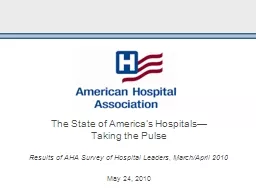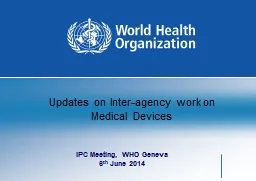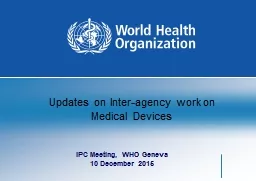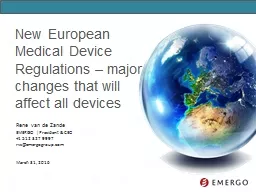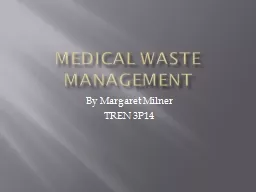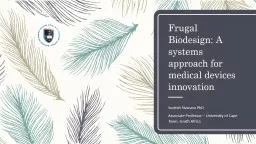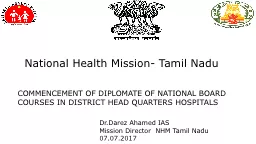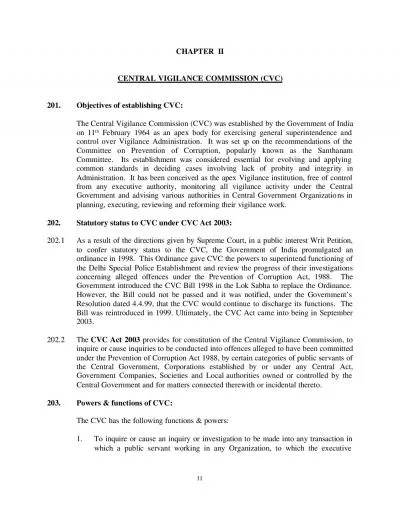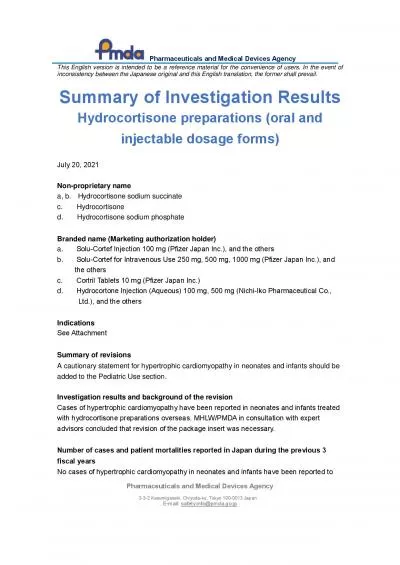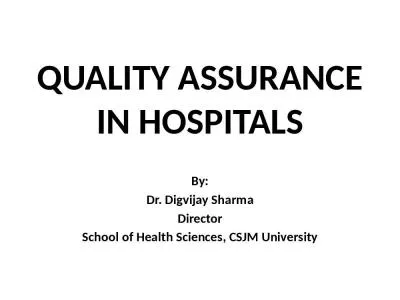PPT-Vigilance on medical devices in hospitals workshop:
Author : bety | Published Date : 2022-02-12
Adverse event notification investigation and regulatory reporting in the United States Tobey Clark Director Burlington USA Fourth WHO Global Forum on Medical Devices
Presentation Embed Code
Download Presentation
Download Presentation The PPT/PDF document "Vigilance on medical devices in hospital..." is the property of its rightful owner. Permission is granted to download and print the materials on this website for personal, non-commercial use only, and to display it on your personal computer provided you do not modify the materials and that you retain all copyright notices contained in the materials. By downloading content from our website, you accept the terms of this agreement.
Vigilance on medical devices in hospitals workshop:: Transcript
Download Rules Of Document
"Vigilance on medical devices in hospitals workshop:"The content belongs to its owner. You may download and print it for personal use, without modification, and keep all copyright notices. By downloading, you agree to these terms.
Related Documents

